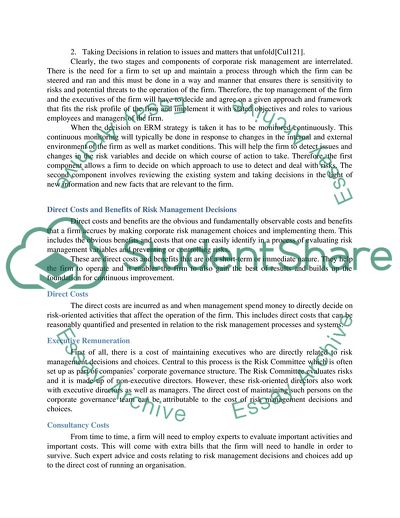Cite this document
(Corporate risk management Assignment Example | Topics and Well Written Essays - 2000 words, n.d.)
Corporate risk management Assignment Example | Topics and Well Written Essays - 2000 words. https://studentshare.org/finance-accounting/1850776-corporate-risk-management
Corporate risk management Assignment Example | Topics and Well Written Essays - 2000 words. https://studentshare.org/finance-accounting/1850776-corporate-risk-management
(Corporate Risk Management Assignment Example | Topics and Well Written Essays - 2000 Words)
Corporate Risk Management Assignment Example | Topics and Well Written Essays - 2000 Words. https://studentshare.org/finance-accounting/1850776-corporate-risk-management.
Corporate Risk Management Assignment Example | Topics and Well Written Essays - 2000 Words. https://studentshare.org/finance-accounting/1850776-corporate-risk-management.
“Corporate Risk Management Assignment Example | Topics and Well Written Essays - 2000 Words”. https://studentshare.org/finance-accounting/1850776-corporate-risk-management.


